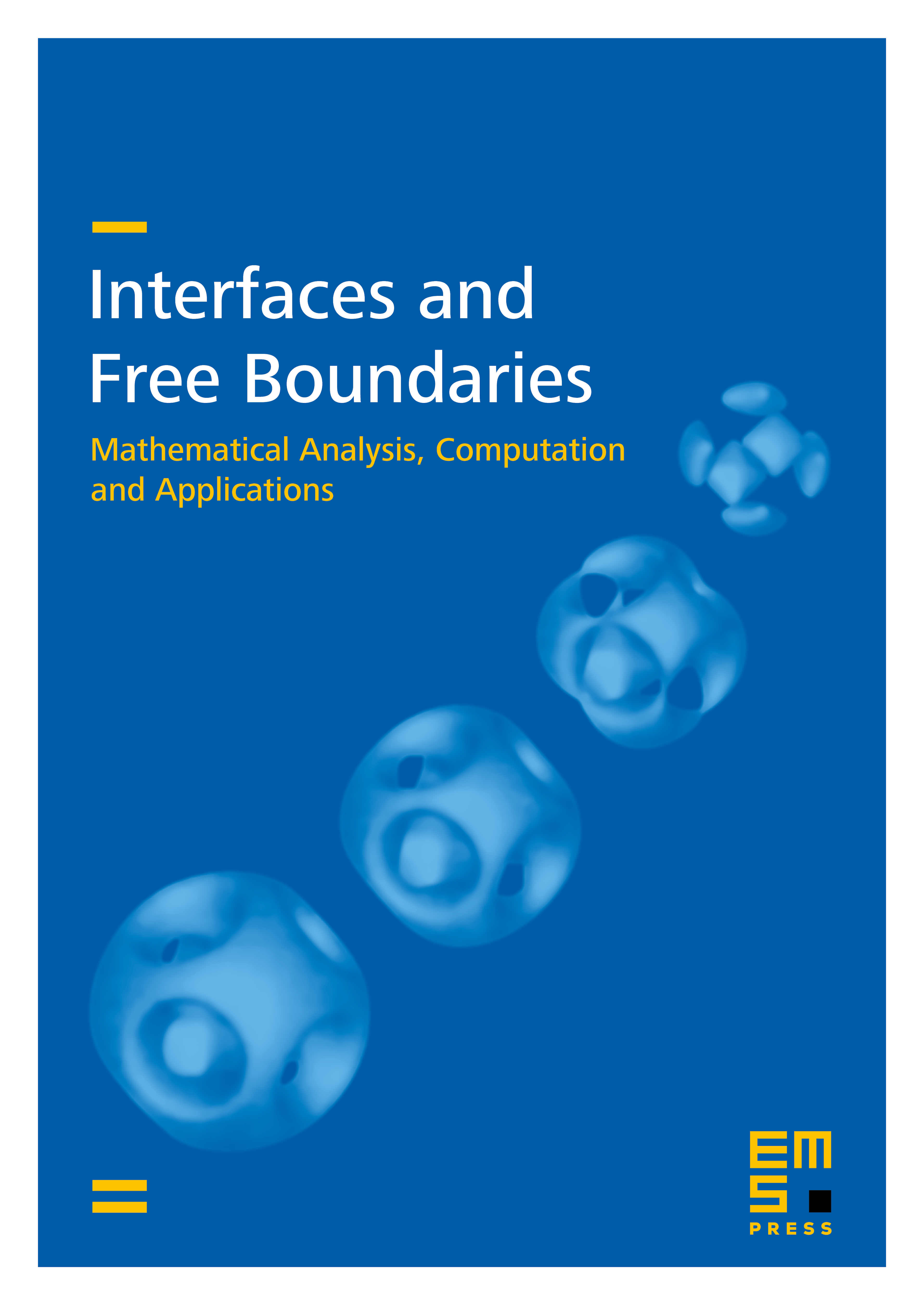On the Gamma-limit of joint image segmentation and registration functionals based on phase fields
Benedikt Wirth
Universität Münster, Germany

Abstract
A classical task in image processing is the following: Given two images, identify the structures inside (for instance detect all image edges or all homogeneous regions; this is called segmentation) and find a deformation which maps the structures in one image onto the corresponding ones in the other image (called registration). In medical imaging, for instance, one might segment the organs in two patient images and then identify corresponding organs in both images for automated comparison purposes. The image segmentation is classically performed variationally using the Mumford–Shah model, and the obtained structures are then mapped onto each other by minimizing a registration energy in which the deformation is regularized via elasticity. Experimentally it often seems more robust to perform segmentation and registration simultaneously so that both can benefit from each other. The question to be examined here is how phase field approximations of the Mumford–Shah model behave if used for the joint segmentation and registration problem.We mathematically analyze corresponding generic phase field models and reveal interesting phenomena that rule out some of the models. These phenomena are characteristic of coupling phase fields with deformations and thus are interesting in their own right. In essence, region-based segmentation and registration problems can well be approximated using phase fields, while edge-based approaches typically suffer from different types of vanishing or newly appearing edges. We conjecture how the introduction of a different scaling could remedy those shortcomings.
Cite this article
Benedikt Wirth, On the Gamma-limit of joint image segmentation and registration functionals based on phase fields. Interfaces Free Bound. 18 (2016), no. 4, pp. 441–477
DOI 10.4171/IFB/370